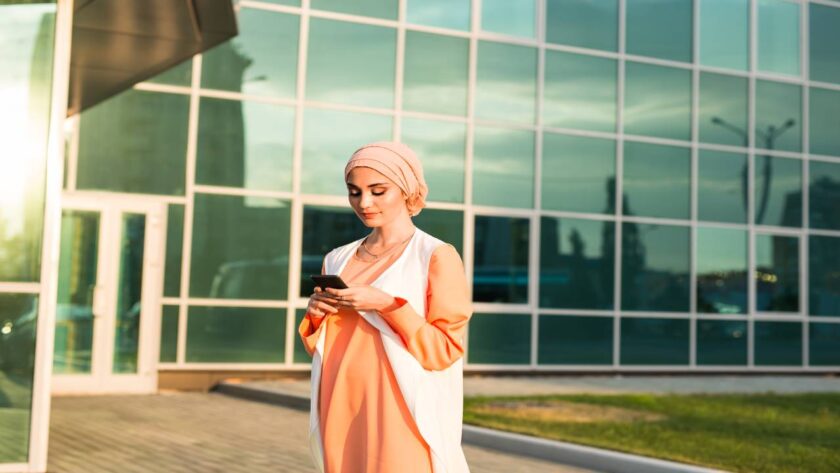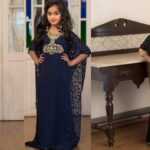The Kaftan is a traditional garment worn by women in the Middle East and Asia as a way of showing off their beauty and sensuality. The kaftan itself is made from a material known as wool and has many different designs. Many people wear kaftans in a variety of ways, from just for warmth and protection to being used as a dress.
Originally, a kaftan had long pants-like long vest-like garments with long flowing sleeves that were tied at the ankle and typically worn on men. In Western style, the term kaftan has been used to describe a loose, flowing, lightweight dress with large sleeves. This dress would usually have a belt around the waist and was typically quite short, sometimes only reaching the ankles. In Muslim culture, however, the term kaftan actually means a long loose tunic (tunis) or robe (turban) used by a female that is draped around her waist and also has long flowing sleeves.
Today’s kaftan is much different than the ones you see in the past. They are now much more stylish, colorful, and made of a variety of fabrics, including silk, cotton, rayon, and organza. There are so many styles available today, that even when your taste is more traditional and conservative, you can still wear a kaftan! This article will give you some ideas to choose the right kaftan for you.
If you want something very modern and hip, look for black kaftan. The black color of this kaftan makes it really stand out and shows off your figure in a very stylish way. You can find black kaftan in many different fabrics, including cotton, silk, wool, and even organza. {if that is extremely comfortable and warm and silky. They also come in many colors like red, pink, purple, blue, green, and even white.
For something more traditional, you may want to look for long kaftans that wrap around your waist or around your chest. These are usually sleeveless but they can be sleeveless as well. They are also often made from very thick material. Although they don’t have the long length that can wrap around your waist, they have a much longer length than a normal kaftan.
For a much more traditional look, long kaftans are great for parties. There are many different types of long kaftans that can be used for weddings, or other occasions. You can go with the traditional long kaftan which have very long sleeves and a very traditional design, or you can choose one that has a wide collar, with long flowing sleeves and is shorter.
Wedding parties are also a great time to wear a kaftan. They come in a variety of colors, ranging from bright colors to traditional colors. They also come in the same materials, but are made to be worn during wedding ceremonies. A wedding gown can sometimes be considered a kaftan, as it is also often very long and flowing.
The kaftans of the Middle East have a wide variety of uses. In the West, they are often worn in Western style clothing as a fashionable choice for women who want to show their sensuality and beauty. This traditional clothing is very much in fashion these days, making it a great addition to any wardrobe.
Kaftan’s can also be used in traditional clothing. Traditionally, a woman would tie the end of her kaftan on the back of her waist with a bow. This is still commonly done today, although it is becoming more rare as people realize how easy it is to tie a short scarf around the middle of the waist.
As you can see, there are many styles of kaftan that you can choose from. If you want something more formal or something a little more traditional, then you may want to choose one of these traditional kaftan designs. or the traditional Western type.
If you are looking for something a little more modern, you can choose a long kaftan which looks a little bit frumpy. But you don’t have to worry about being too frumpy because there are many different styles available to suit almost any taste. If you want something that is more traditional, then you can always opt for the traditional ones.
Author: muslim fashion
I am Blogger.




